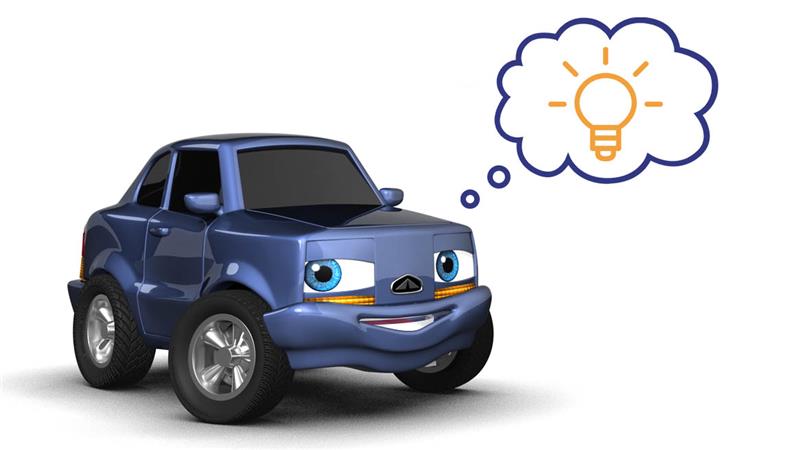The other day, a driver was trying to open his vehicle’s hood so he could add some windshield washer fluid. But when he pulled the hood release inside the car, nothing happened.
Usually, opening any hood is a 2-step process. You pull the hood release (which is usually a handle under the dashboard to the left of the steering column) and listen for the hood to pop up slightly. (It doesn’t open all the way because it has a safety latch to prevent you from accidentally opening it up while you’re driving.) Then, you get out and find the latch, usually through the grille near the hood. There’s a little handle on it which you push, slide or pull (there are a few different types) at which point the hood can be opened up all the way.
But in this driver’s case, the hood would not release at all when he pulled the handle inside. Not knowing what to do, he called his service advisor, who told him to bring it over. The reason? A hood with a broken latch could be a safety hazard since it is possible it’s not securely closed. And in this condition, it’s possible for the hood to suddenly release while you are driving, obscuring your view of the road.
Latch issues can be caused by many things, perhaps a broken cable between the hood release and the latch. It’s possible that cable just detached or frayed after being opened so many times. If a hood release cable isn’t kept lubricated, it can corrode and just lock up.
In this driver’s case, the cable had corroded and broken, so it had to be replaced. Unfortunately, many times you won’t know you have a problem with your hood latch until one time you pull it and it breaks without warning. When your vehicle is in for routine maintenance like an oil change, a technician will often keep an eye out for signs that your hood latch needs attention so you don’t get “locked” out of your engine compartment.
Autotronics of St. Peter
111 Jefferson Avenue
St. Peter, MN 56082
507.934.9290
http://autotronicsstpeter.com
